When it comes to designing your new home, you might feel as if you’ve been marooned out at the sea. You now have the responsibility of making sure everything is according to you and your loved ones’ taste. This includes a number of components: the rooms, the paint, the furnishings, the design of the backyard, and the furniture.
If you’re going for a complete overhaul, the task might seem herculean in nature.
Fear not, because by the end of this article, you’ll know the biggest design mistakes that new homeowners end up making. These include interior design, designing the backyard, and design mistakes that percolate all through the house. These also include some general mistakes which end up damaging the design aspect indirectly. Without further ado, let’s begin with the most common design mistakes!
Biggest Design Mistakes New Homeowners Make
1. Forgetting what a room is supposed to do
This is a big offense by many new homeowners. The task of designing a new home can be endlessly time consuming. And, this is why many of them get confused while making design choices based on the functionality of the room, say, seeing space in the study to keep your workout equipment. These decisions affect the overall feel of the place, and add up in creating an aura of confusion and a sense of messiness.
-
Inadequate light in a room
Lighting is essential to the overall feel of a room. Make sure that the windows are proportioned with proper blinds and window panes. Also, consider making vents and small windows wherever necessary. These are crucial steps to ensuring there is enough light. Artificial light is just as important, with respectable brightness for each room and multiple light sources – without going overboard.
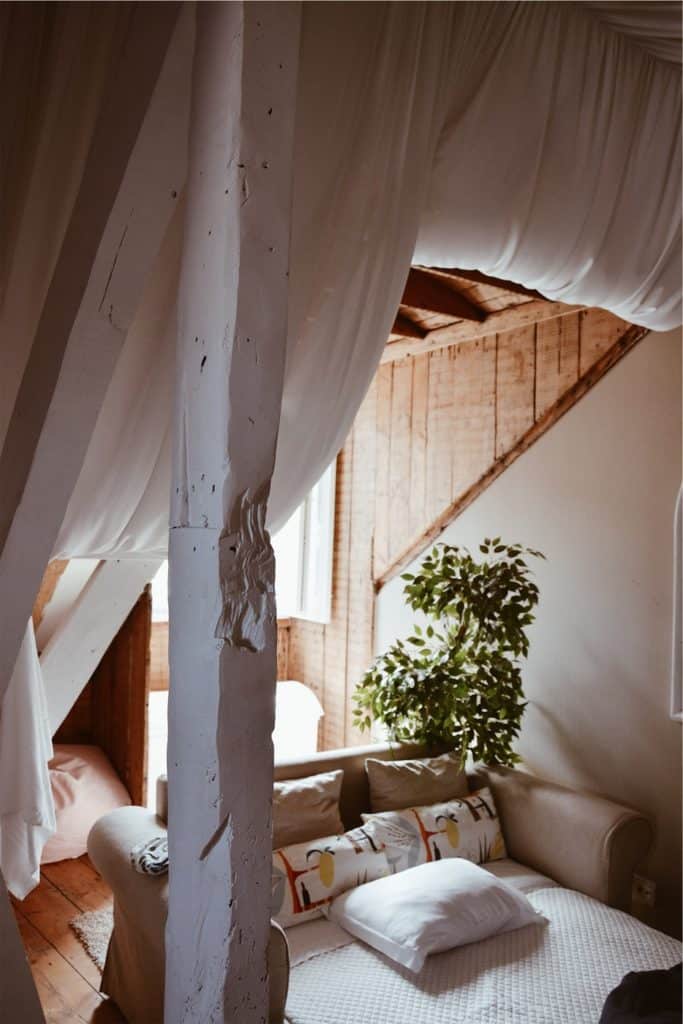
Image via Amandine Lerbscher@awildfeeling
-
Going with a derivative theme or over-theming a room
Themes are immensely personal choices, and you should never make this choice based on someone else’s interests ( such as getting an Italian themed room just because your neighbor has one). This should be avoided at all costs. Your room should reflect your own sensibilities.
Further, when putting together accessories and designs for your theme of choice, it is important to keep in mind that a room should not lose out on functionality for aesthetic gains.
-
Ignoring the proportions of a room
This is another common mistake. Your room components – the doors, the windows, the furniture, as well as overall spacing of the room, should always be in sync with each other. Improperly proportioned components stick out like a sore thumb and severely distract from the overall look.
-
Over-accessorizing the room
This point goes hand in hand with over-theming. Adding too many bells and whistles can reduce the functional aspects of the room. Such as, a sculpture which is taking up too much space on the table could be replaced with other items of use. This also detracts from a sense of minimalism, since these accessories might become the only thing anyone sees while they’re in the room.
-
Putting family photos all over the place
While extremely important for the family, too much of these can take up space where you could add a matching artwork or a sculpture. One should try to incorporate more design details into their house. Replacing excess family photos with artwork or even nothing, for that matter, can drastically change the look and feel of your house.
-
Too many furnishings from the same store in a room
Since the same store is likely to have a number of similar components, it is wise to shop a little, but from different places. Buying too much from the same store risks your room looking over-themed. Further, it signals a sense of being too rigid in buying from a single place and having little sense of what goes well with what.
Consider taking the help of a designer to make sure this doesn’t happen, since there’s a strong chance of the design becoming repulsive over a period of time.
-
Going overboard with family heirlooms not matching the room’s ambiance
As is with family photos, family heirlooms might mean a lot to you. However, they might not go well with the room, and this become increasingly evident as time passes by. Hence, that ornate armchair or Victorian era clock might be carrying a lot of importance, but make sure it sits well with the overall feel of the room.
A splash of paint or a polish might change things drastically in this respect, so get these ideas approved by your interior designer first.
-
Adding too many functions to a single room
In case you are going with a multi-purpose room, such as a combined study and a bedroom or a living room with a kitchen attached, make sure you do not go overboard with adding functionality. the oft-heard quotation “too many cooks spoil the broth” is very apt in this case. The same room shouldn’t be used for too many activities.
Our advice? Take your time. Give each room a character of its own, and make design choices which thoroughly reflect that character. A single room shouldn’t have to do the work of two – unless you don’t have the liberty of choosing.
-
Exposed wires, pipes and outlets
These are not only detrimental to the design of your house, but can cause trouble otherwise too. These wires and pipes should be covered as properly as possible, in order to minimize wear and tear externally.

Image via Alistair MacRobert@alistairmacrobert
-
Too much minimalism in the room
Going minimalist is the style choice of today, but there need to be ample accessories for it to be functional and useful. Minimalism should not come at the cost of lost productivity. If you read before sleep, don’t miss out on getting a table lamp. Your room should cater to all of your needs, and the wants can be minimized to as far an extent as you like. A sense of balance in the room is crucial for your own productivity as well as your loved ones’.
-
Misplaced or mismatched window blinds
Window blinds are an important part of the design scheme of your rooms, and the entire house as well. The proportions have to be exactly right, with some room for error. They should, at the very least, cover the length and width of the window. The design of the blinds also matters – whether minimal or designer, they should go with the room.
-
Storage space, but too much of it
Your rooms should not start looking like warehouses. There should be ample storage spaces for the essentials as well as some leeway space. Giving away entire walls to wardrobes and cubbyhole spaces would make your room give off unwanted “hoarder” vibes, even if you do it unintentionally.
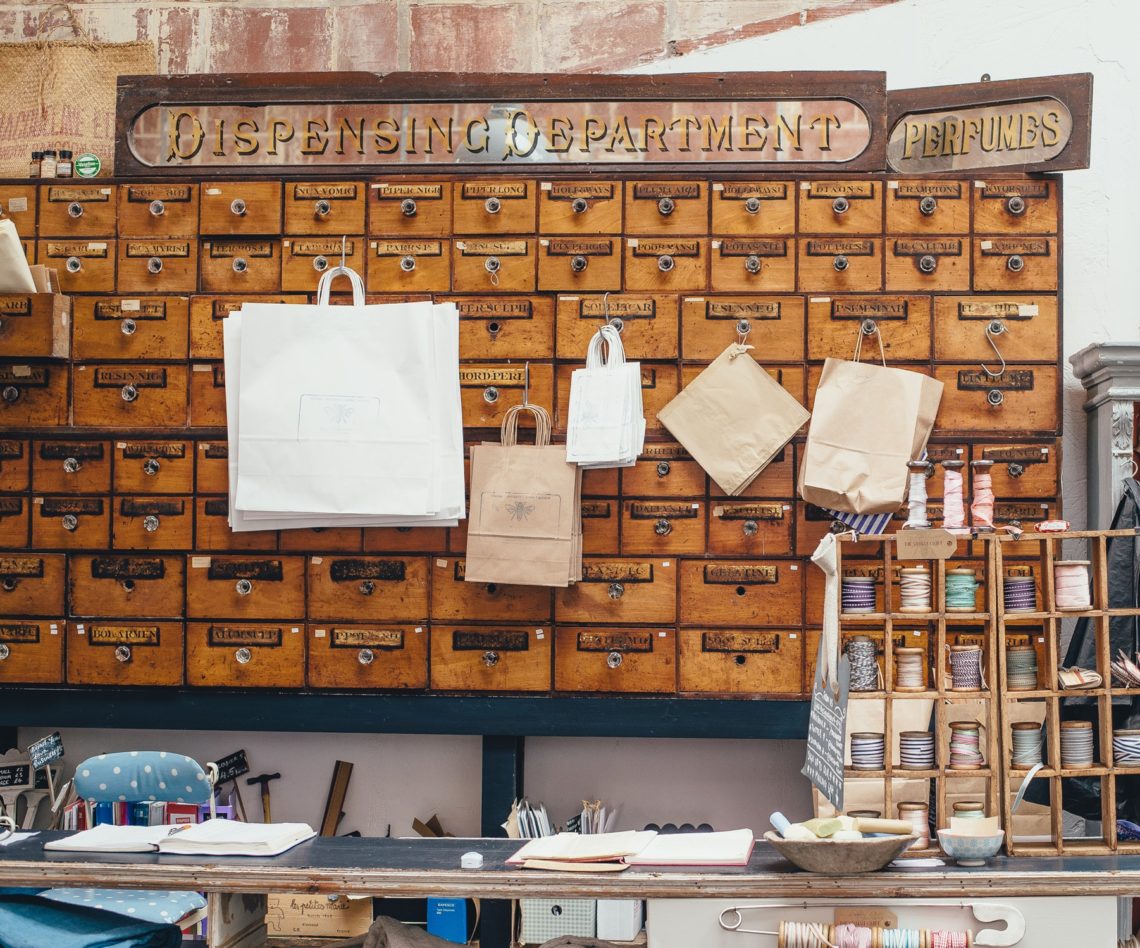
Image via Annie Spratt@anniespratt
-
Mismanagement of water in the house
This goes with the aspect of leaving pipes exposed. You should never mess with having shoddy water management in the house, which can cause serious short-term or long-term problems. Interior design should be given priority only after you have sorted such risky water problems.
-
Choosing improper HVAC systems
These can cause serious mold issues in the long term, hence it makes more sense to get the HVAC system checked out. Mold can cause your walls to weaken, your plumbing system to start corroding, as well as a host of other problems. Further, a uselessly large HVAC system will occupy space which could have been used elsewhere. Also, the design of the vents is a styling detail which most people get wrong.
-
Poor choice of materials for the house
Your material choice matters as much as the final design of your house. Getting a set of quality materials for the furniture, the kitchen, the rooms, and the bathrooms will create an amazing aura all across your home.
Materials have a strong connection with design, such as houses with rustic themes going for terracotta bricks, stone and ornate furniture. If you’re going for a minimalist theme, consider using metal, glass and airy surfaces.
-
Picking the wrong labour company
Labour hire will be one of the most crucial design decisions you will make. Hence, ask around, get quality references, check their previous work, and ask for a general overview of how they proceed with working on projects. Certifications are also a must.
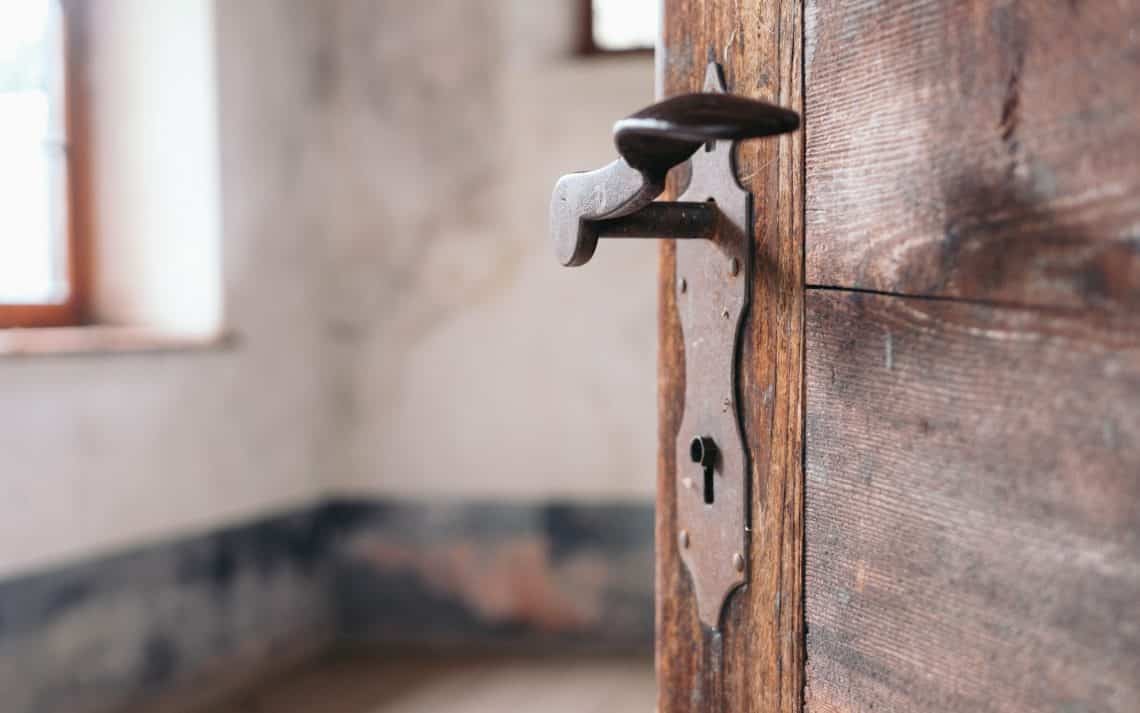
Image via Alexander Rumpel@alrumpel
-
Making too many changes to the original design plans
The more changes you make, the more problems it creates for both the interior designer as well as the contractor. Sticking to a plan gives you an assurance that the work being done is of high quality and in a considerably smaller period of time. Not just this, your wallet will thank you for not changing furnishings, fixtures or materials frequently.
-
Sweeping stuff under the rug
While this is the easier option, it is more prudent to deal with the situation of mess in its current state rather than when it becomes too much to handle. You should not go in for hasty fixes for problems which require time and dedication to solve. They might snowball into greater issues requiring far more effort and set you back even more than the original fix, in terms of time and money.
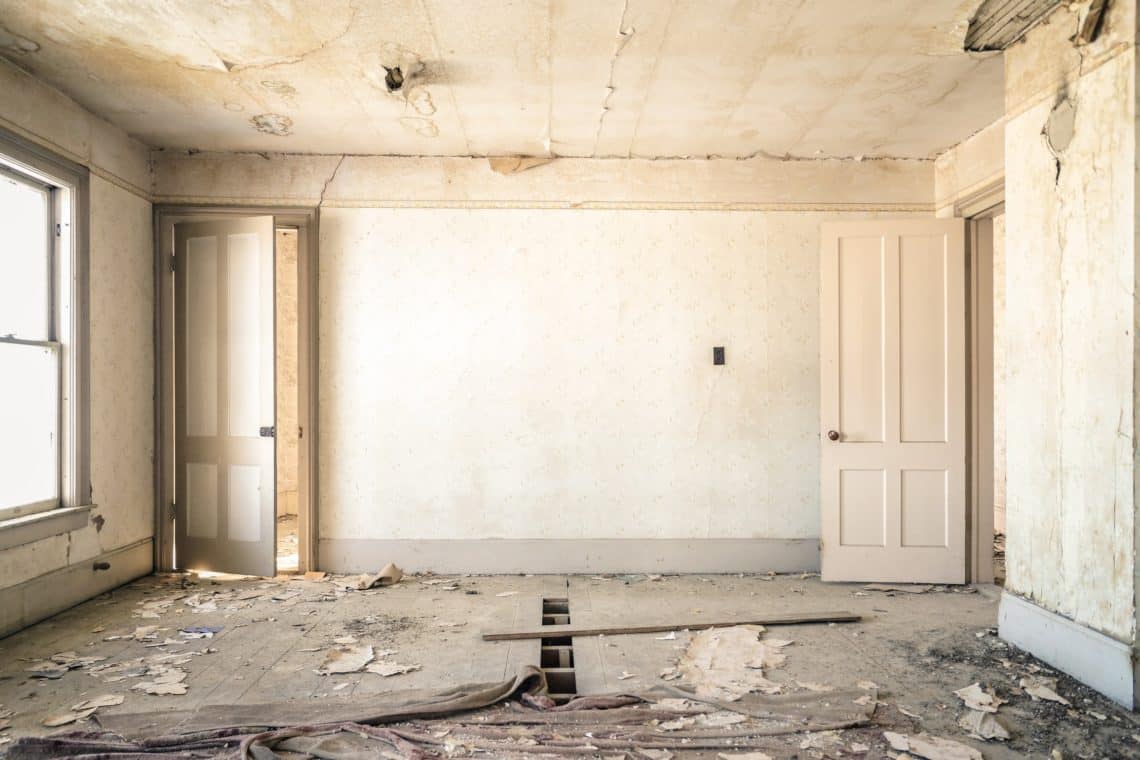
Image via Nolan Issac@nolanissac
-
Improper expenditure – saving where you should spend, and splurging where you can skip
Splurging too much on accessories which add little to the overall functionality can take bills up to the point where your wallet simply won’t agree. If you feel that you’re going to skip out on the basics if you splurge on mere aesthetics, stop: draw the line, and get back to the basics.
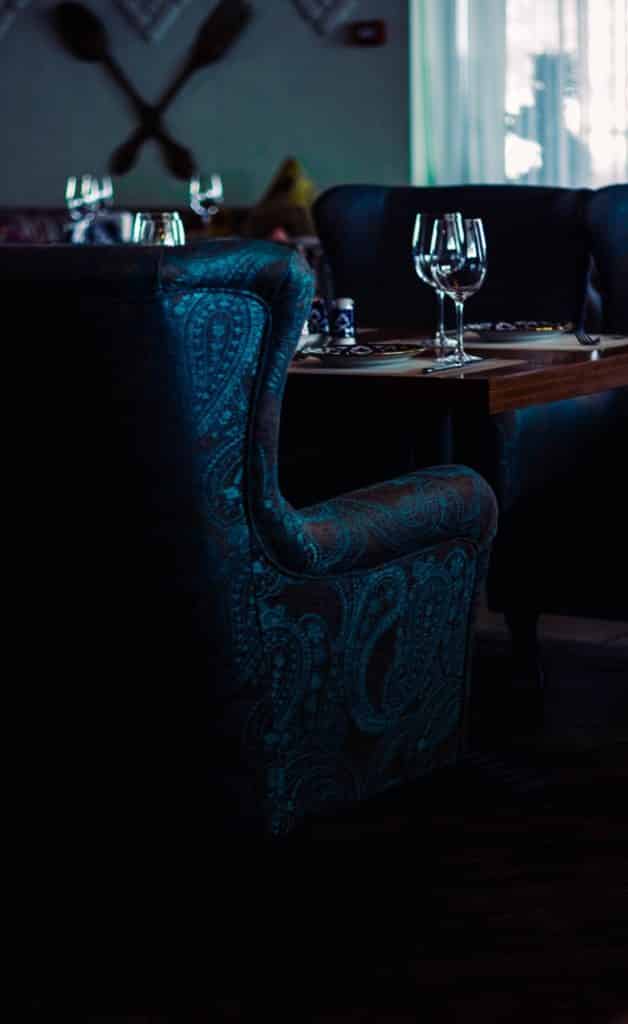
Image via Igor Starkov@igorstarkoff
-
Becoming your own contractor – unless you’re an actual contractor
You might be tempted to take matters into your own hands, but when you’ll wind up in trouble, you’ll be calling the emergency repair helpline in the middle of the night. Unless you have years of experience building or designing houses, you should call in the experts.
-
Splurging too much money on tech stuff
In the era of the internet, you might be easily tempted to go in for all sorts of technology which you can throw into your house. Not only will this drive your budget exponentially towards the point of infeasibility, but you will also suffer in terms of design. Not all tech goes with each other – get enough to make your life easier, but know where to draw the line.
-
Not leaving enough open space in your backyard
Everybody loves to have enough space to chill around in the backyard. If you put too much stuff in, or clutter up the area, so it doesn’t leave any free space behind, you’ll end up with a backyard which can’t serve its primary purpose. Too many plants also play a detrimental role here.
-
Making your backyard too complex a place
Your backyard should be a place where you can let off steam, and admire the foliage. It should not have a number of weird chairs or birdhouses which are not maintained properly. Go for less, but maintain what you have. Do not go in for too many tables, or a weirdly designed pool. Everything should have its space, but it shouldn’t look like a mess. Take your time, relax and give this a thought.
-
Not preparing for contingencies
None of the design work, the changes in design plans, or emergencies should be such that they are unaccounted for before the work starts. Get your house thoroughly checked for any problems, and account for them before you get to design work. You should also try to account for small revisions in the design as you go.
-
Making your kitchen a disorganized disaster
Your kitchen should be the most organized space in your house: that is, if you intend to save time in your schedule. Putting the more frequently used appliances and utensils nearer to your reach will help saving time.
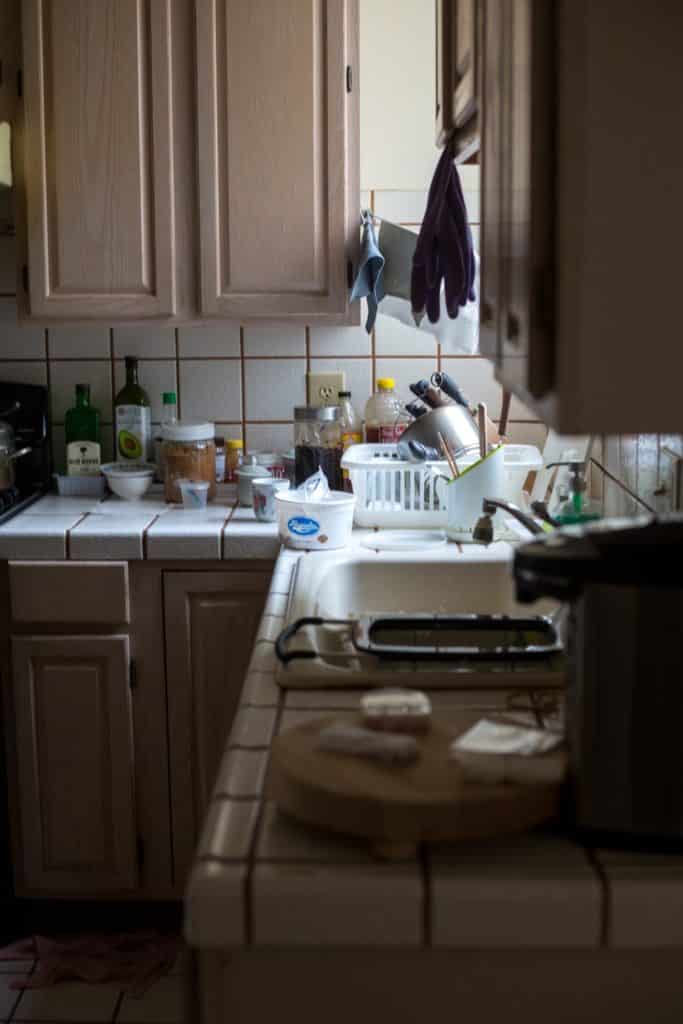
Image via Jason Leung@ninjason
-
Poor pre-construction planning
Planning is one of the most important steps here. Each of the design schemes, the floor plan designs, the interior design plans and exterior design plans should be ready well before the actual work starts. This will help you check the costs before non-refundables start piling up and correct any mistakes before they become a reality you have to live with.
-
Very little circulation in the house
Circulation and lighting go hand in hand. Both of them are absolutely necessary to have in any good home. You can make sure there is enough circulation by adding vents, increasing the sizes of doors or number of windows, if they aren’t sufficient. Consider removing excess elements from the house or getting smaller cupboards to make way for the air to circulate.
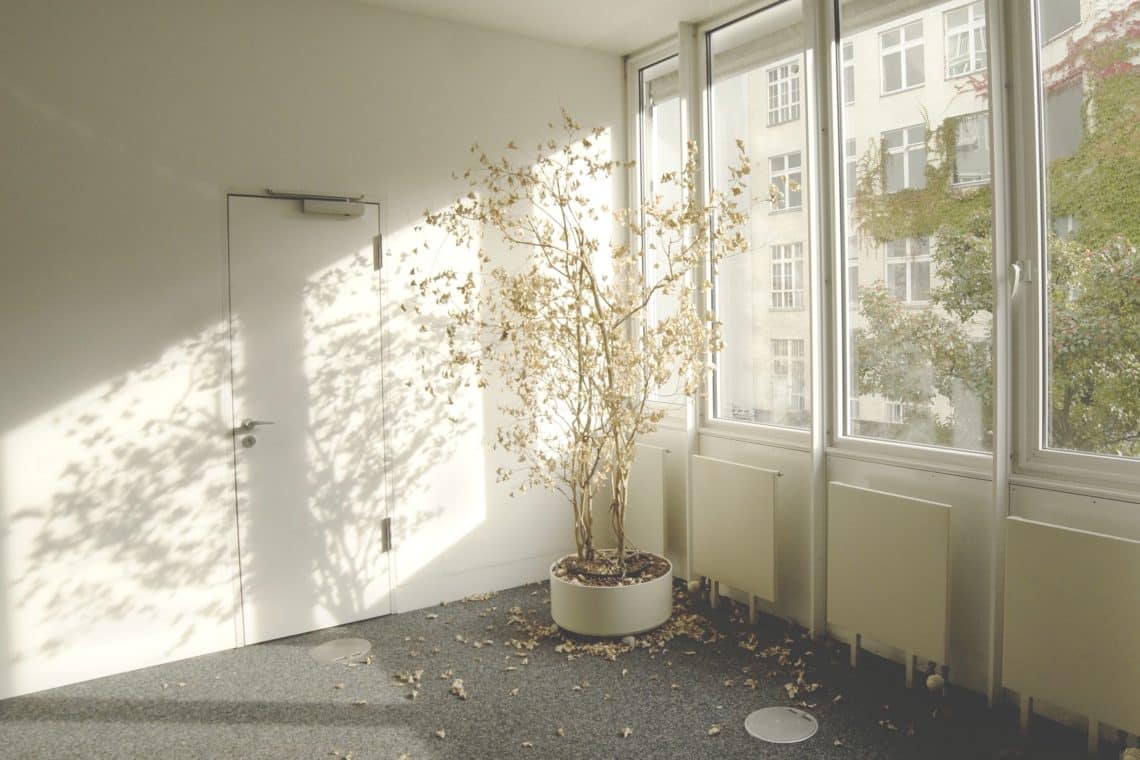
-
Making sure your home can stand all seasons
This is an important design consideration too, since you have to make sure that the HVAC, the exteriors, the backyard, the plumbing and the interior elements such as furniture are all worthy of bearing all the climate changes in your area. If your area has a warm and tropical climate, avoid using leather – you can go in for plusher furniture in colder areas.
-
Financial mismanagement
This is clearly the most important point. Don’t land in a situation where you’re having to max out your credit cards and taking loans and IOUs for things which should never have required so much money. Keep asking for estimates all along the interior and exterior design process, and check for cheaper alternatives if you feel too much is being spent.
Here were the top 30 mistakes which new homeowners make while designing their new home. You’re now ready to get your house designed and developed well.
Happy designing!
Related Articles
7 Best Mold Detection Kit to Consider
50 Basement Bar Ideas To Rock Right Now
14 Best Basement Flooring Options Right Now
Cellar vs. Basement vs. Crawl Space 101 – Differences and Particularities


